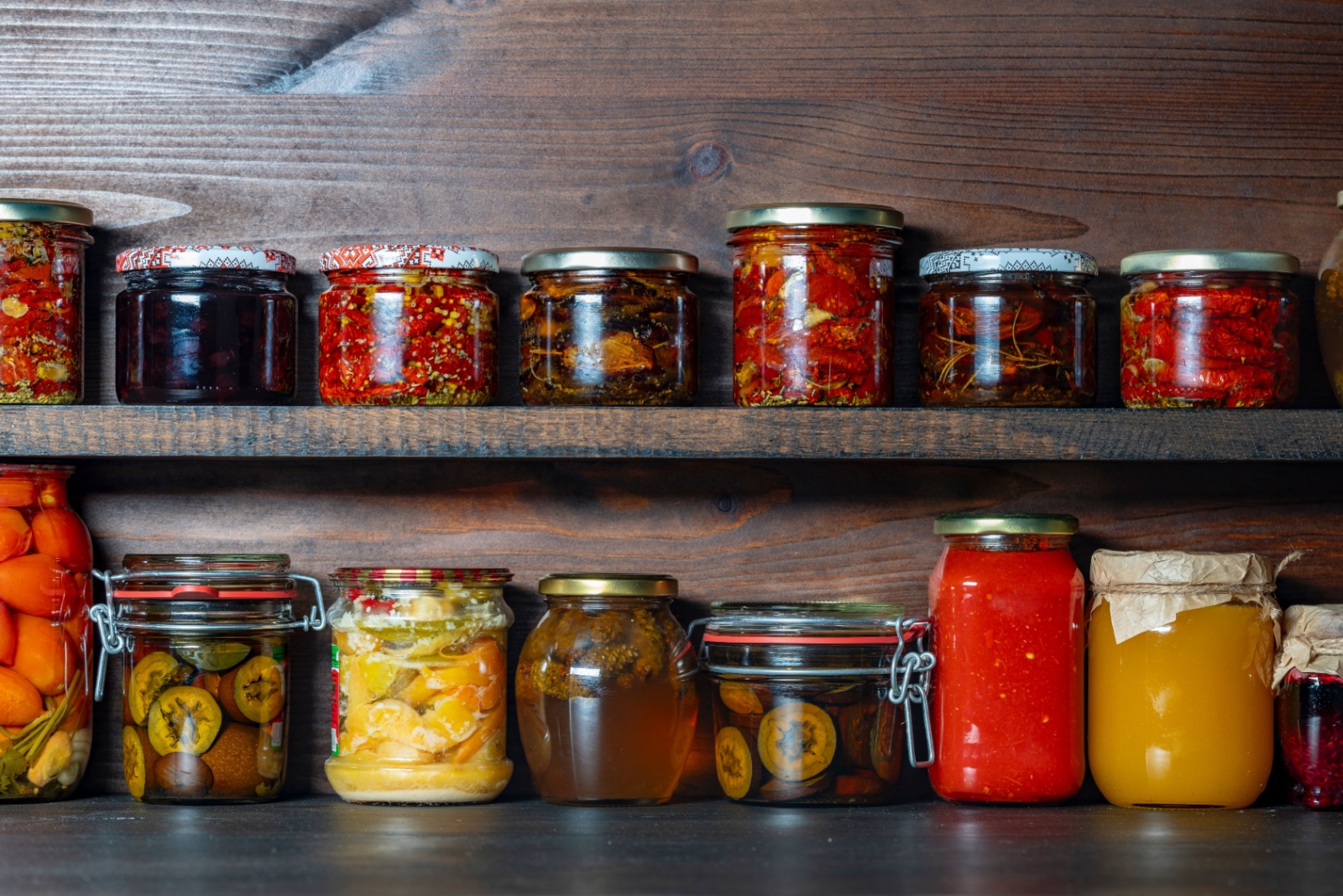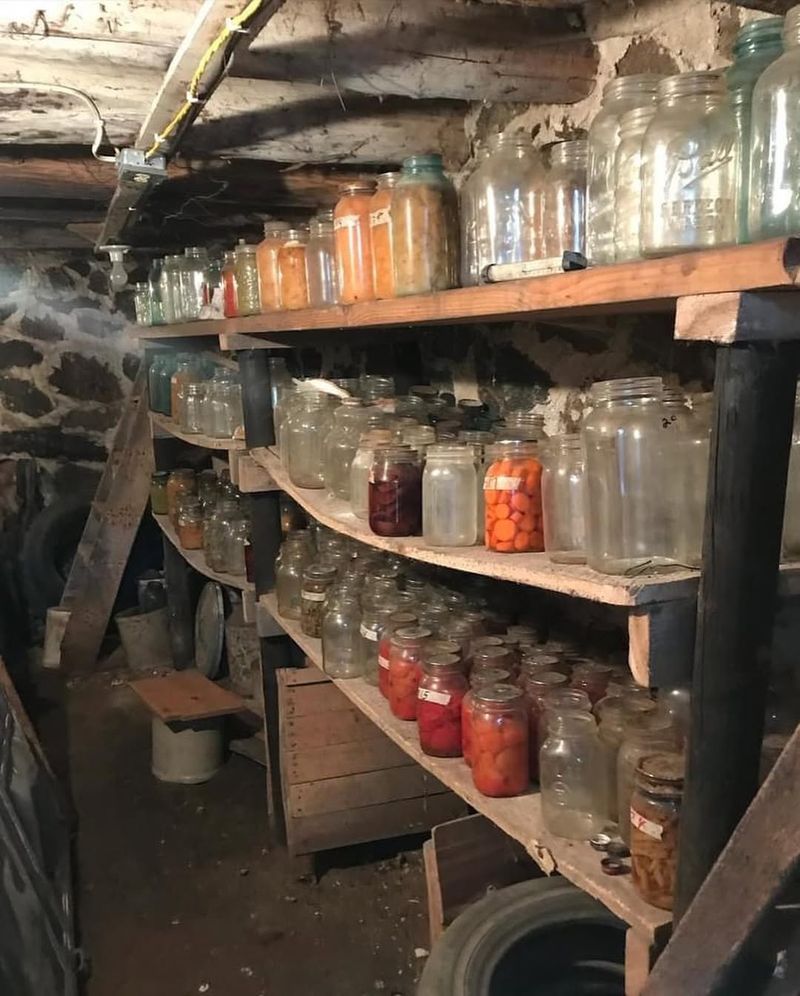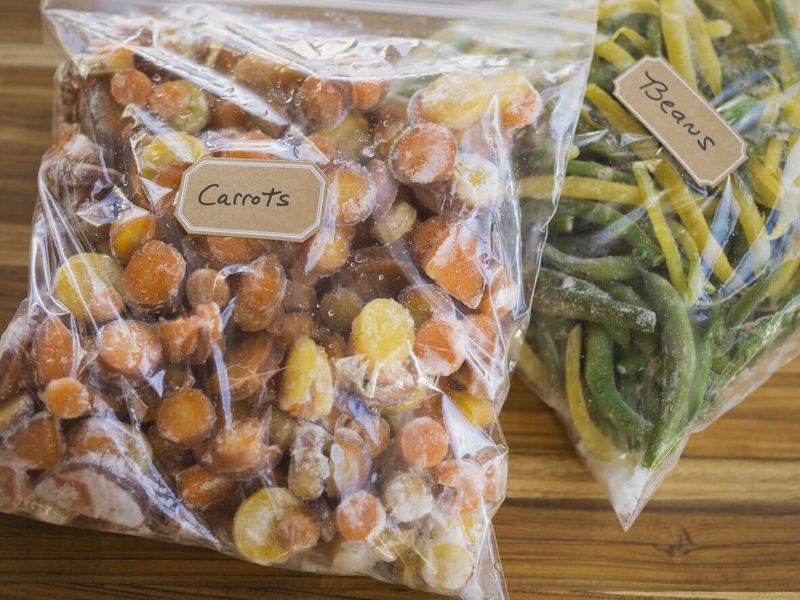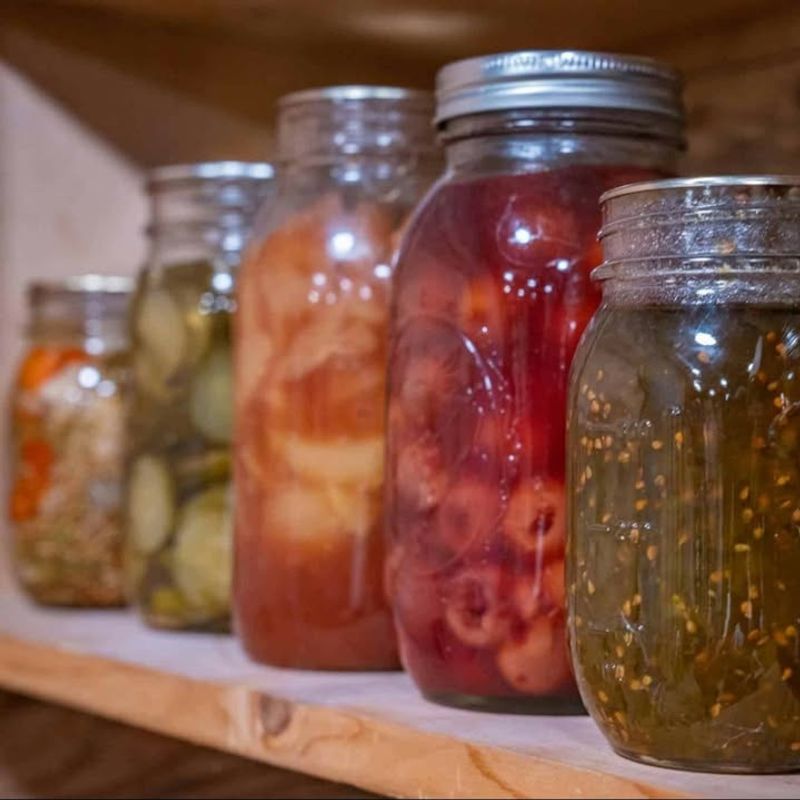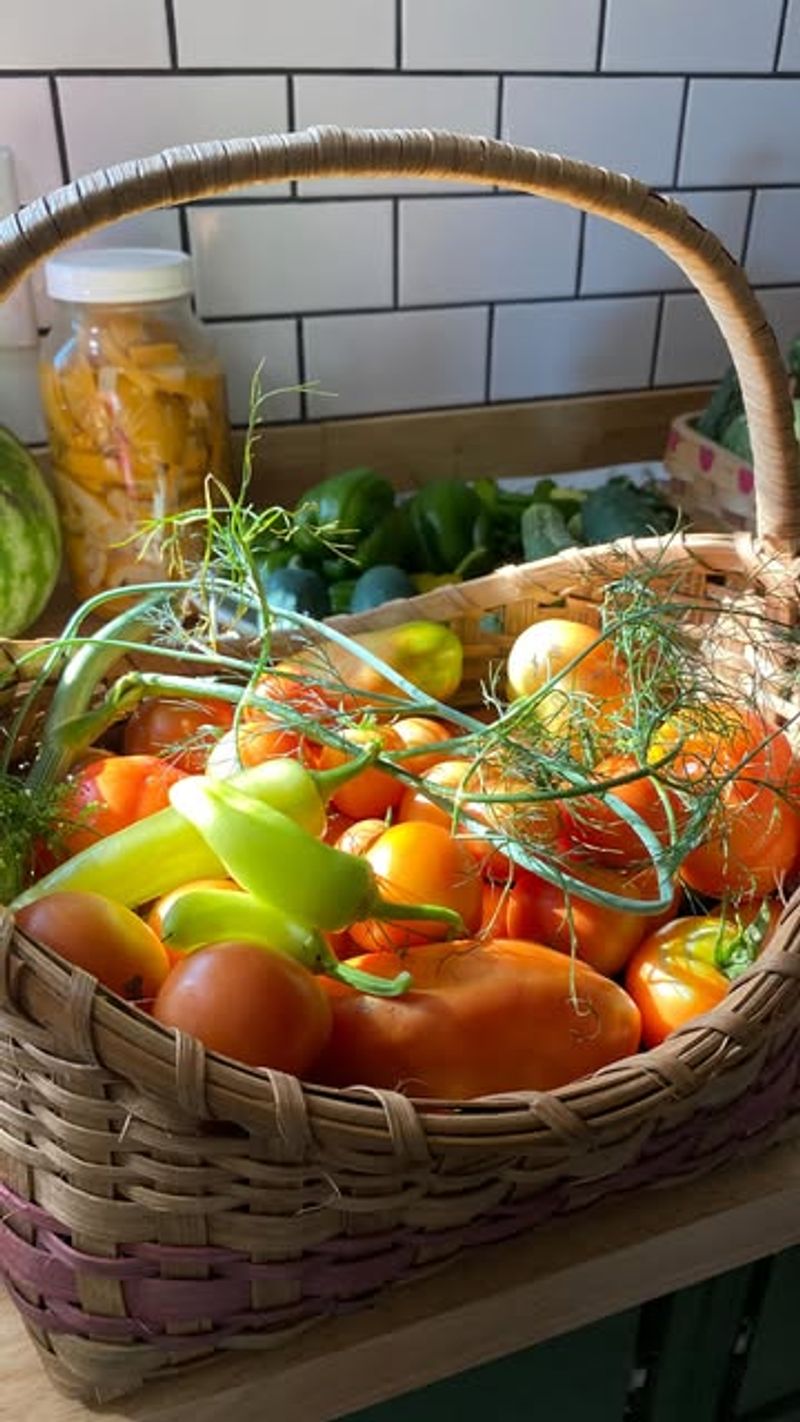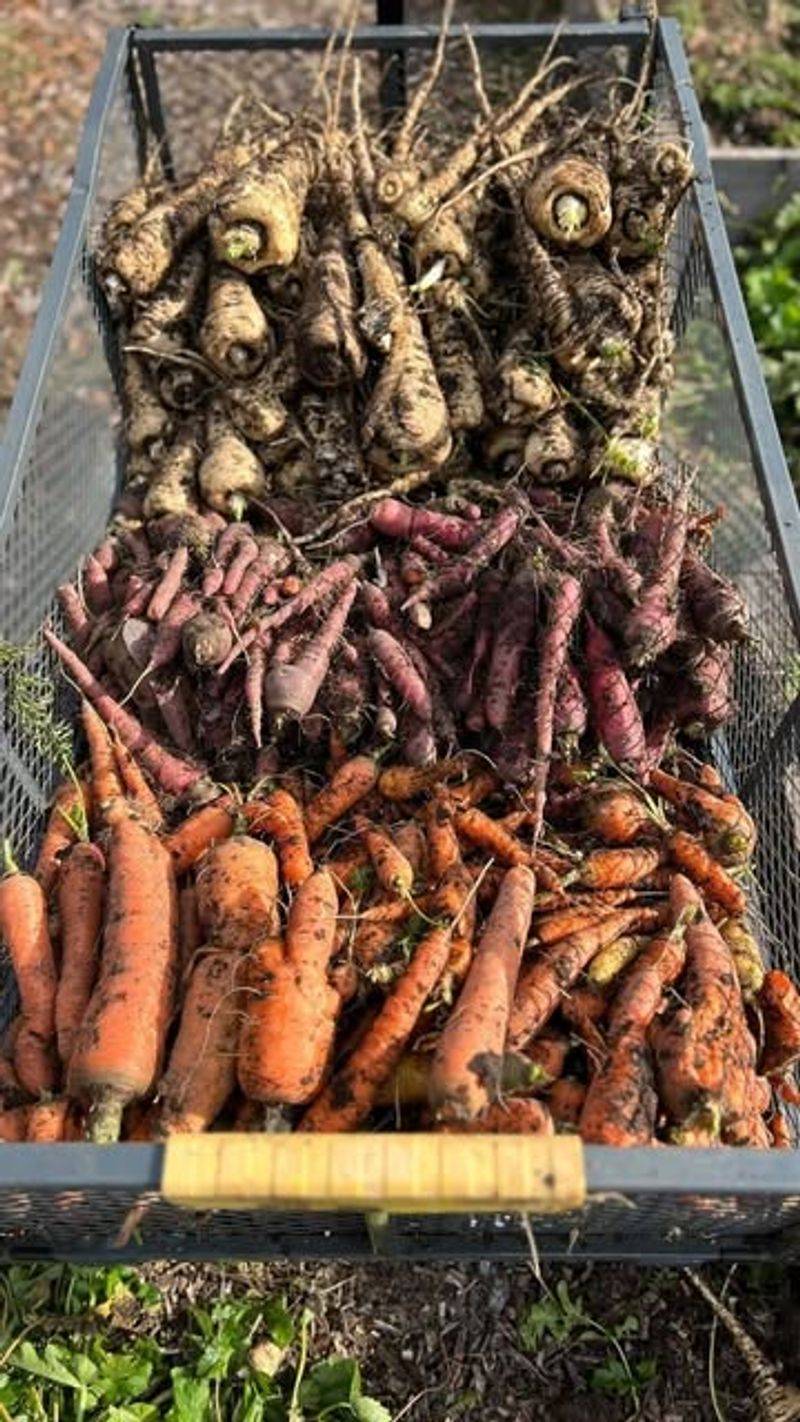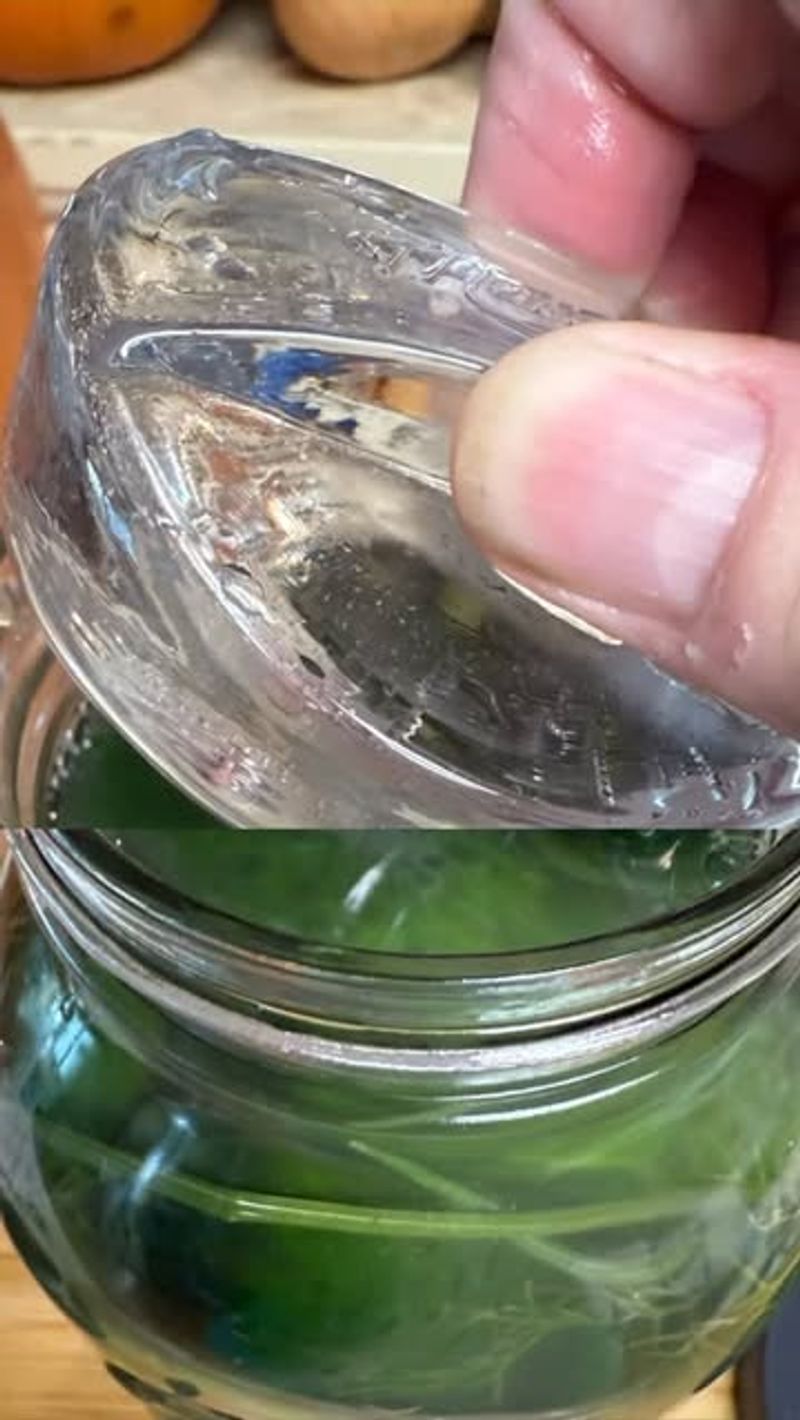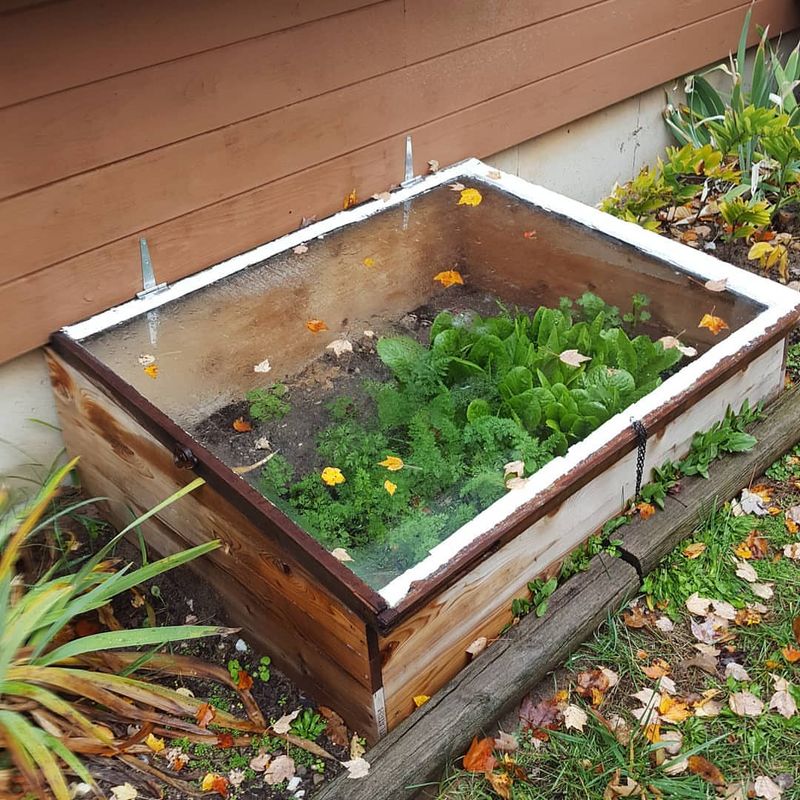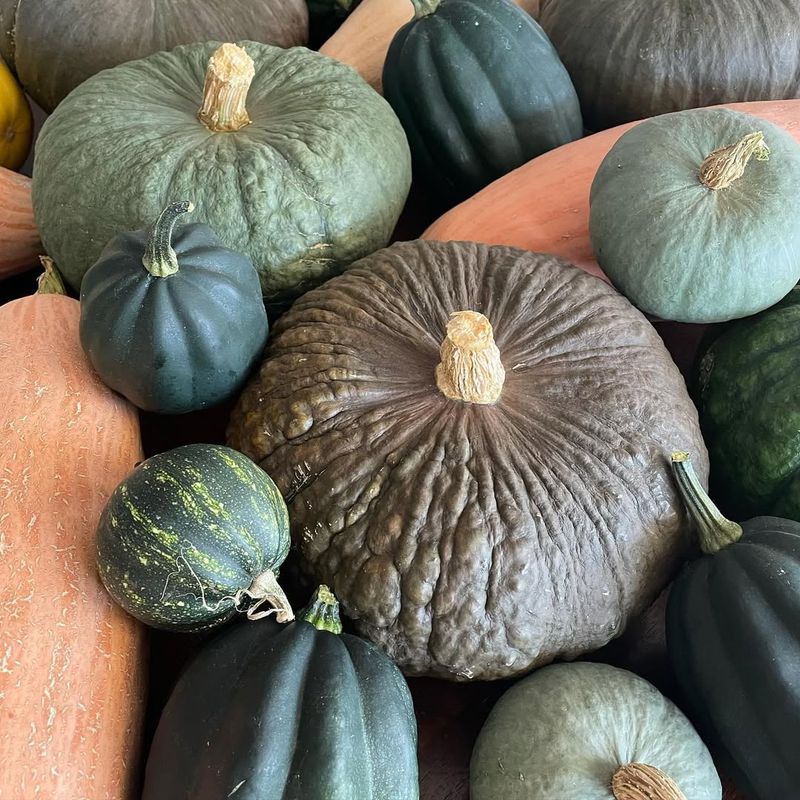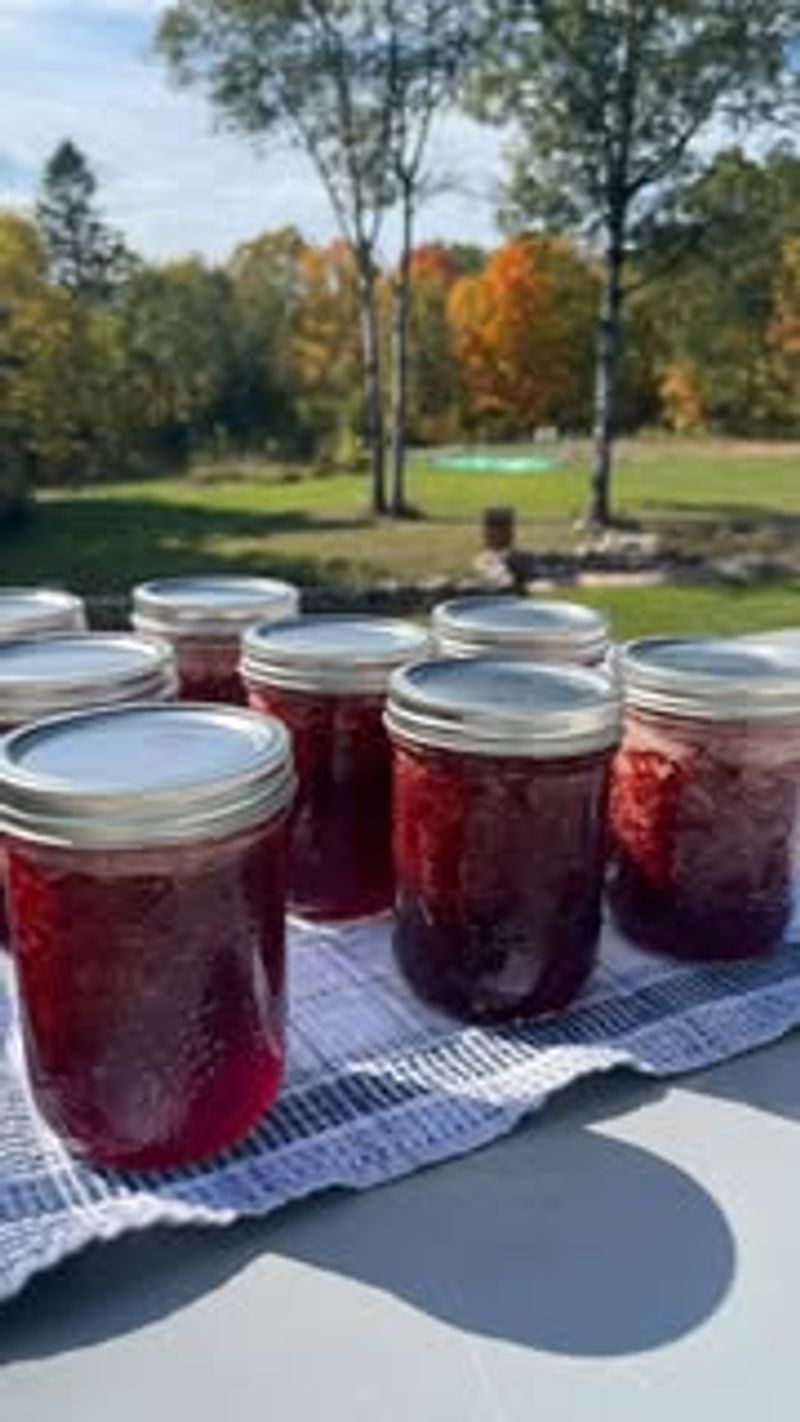Maine winters can be long and cold, but your summer garden harvest doesn’t have to go to waste. Learning how to properly store vegetables and fruits means you’ll enjoy fresh, homegrown flavors all winter long.
With a little planning and the right techniques, you can keep your harvest delicious and nutritious for months to come.
1. Root Cellar Storage
Root cellars have kept Maine families fed through harsh winters for generations. Cool temperatures between 32 and 40 degrees Fahrenheit, combined with high humidity, create perfect conditions for storing root vegetables like carrots, potatoes, beets, and turnips.
Your basement corner or even an insulated garage space can work wonderfully. Just make sure you have good ventilation to prevent mold and keep vegetables in wooden crates or cardboard boxes with ventilation holes for air circulation.
2. Freezing Fresh Produce
Freezing locks in nutrients and flavor better than almost any other preservation method. Blanching vegetables before freezing stops enzyme action that causes loss of flavor and color over time.
Drop your green beans, broccoli, or corn into boiling water for a few minutes, then plunge them into ice water immediately. Pat them dry, pack into freezer bags, label with dates, and you’ve got garden-fresh taste waiting for you all winter long.
3. Canning Vegetables And Fruits
Mason jars filled with vibrant tomatoes, pickles, and jams bring summer sunshine to dreary winter days. Pressure canning works best for low-acid vegetables like green beans and corn, while water bath canning handles high-acid foods like tomatoes and fruits perfectly.
Always follow tested recipes from reliable sources to ensure food safety. Properly canned goods can last a year or more, giving you pantry security and homemade goodness whenever you need it.
4. Drying Herbs And Vegetables
Hanging herb bundles from your kitchen ceiling adds rustic charm while preserving summer flavors. Air drying works beautifully for herbs like oregano, thyme, and sage in Maine’s low-humidity climate.
For vegetables like tomatoes, peppers, or mushrooms, a food dehydrator speeds up the process and ensures even drying. Store your dried treasures in airtight glass jars away from light, and they’ll maintain their potency for months ahead.
5. Sand Storage For Root Crops
Burying root vegetables in damp sand might sound unusual, but it works like magic for keeping carrots, beets, and parsnips crisp through winter. Layer vegetables in plastic bins or wooden boxes, making sure they don’t touch each other, then cover completely with slightly moistened sand.
Check moisture levels monthly and spritz lightly if the sand feels dry. This old-fashioned method prevents shriveling and maintains that just-picked crunch you love.
6. Making Fermented Foods
Sauerkraut and kimchi transform ordinary cabbage into probiotic powerhouses that last for months in your refrigerator. Fermentation preserves vegetables naturally using just salt and time, creating tangy flavors that actually improve your gut health.
Cucumbers, radishes, and even green beans all ferment beautifully. Start with simple sauerkraut recipes, then experiment with different vegetables and spice combinations. Your winter meals will never taste boring again with these zesty additions.
7. Cold Frame Winter Gardens
Cold frames extend your growing season well into Maine’s winter months, protecting hardy greens from harsh weather. Build a simple wooden box with an angled glass or plastic top that captures sunlight and traps heat inside.
Kale, spinach, lettuce, and carrots can survive surprisingly cold temperatures under this protection. Position your cold frame facing south for maximum sun exposure, and you’ll harvest fresh greens even when snow covers the ground.
8. Storing Squash And Pumpkins
Winter squash varieties like butternut, acorn, and hubbard practically store themselves with minimal effort. After harvesting, cure them in a warm spot for about two weeks to toughen their skins and seal in moisture.
Once cured, move them to a cool, dry location around 50 to 55 degrees Fahrenheit. Check them occasionally for soft spots, and most varieties will stay fresh for three to six months, providing sweet, nutritious meals throughout winter.
9. Making Fruit Preserves And Jams
Spreading homemade strawberry jam on toast during a February snowstorm tastes like pure summer happiness. Cooking fruit with sugar creates preserves that last for months and capture peak-season sweetness perfectly.
Maine’s abundant blueberries, raspberries, and apples all make incredible jams and jellies. Pectin helps fruit gel properly, while proper canning techniques ensure safety. Gift jars to friends and family, or keep them all for yourself to brighten up winter breakfasts and desserts.

